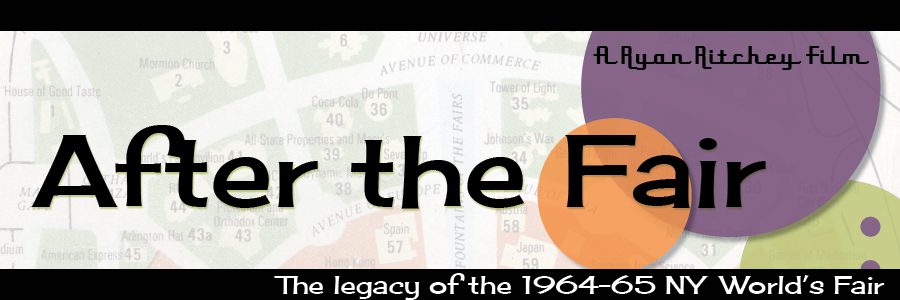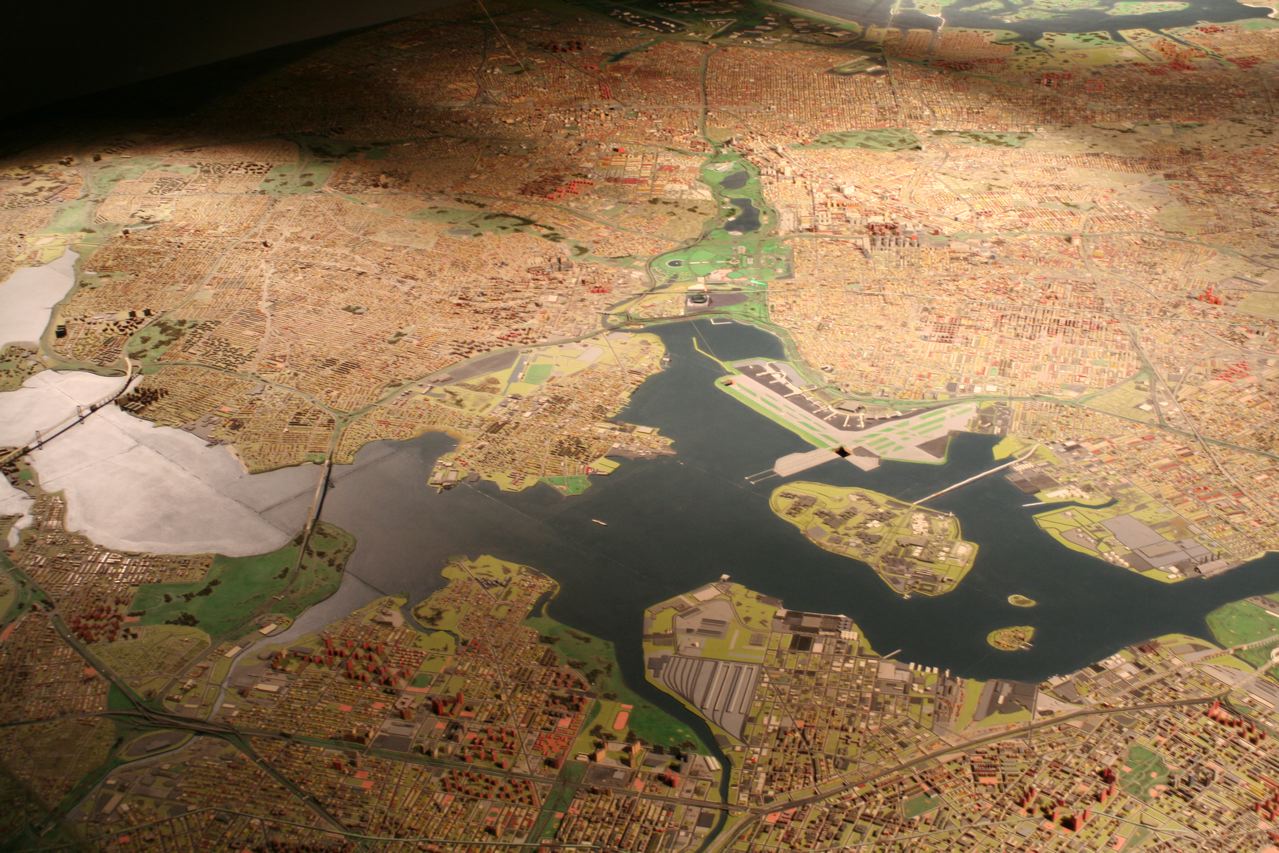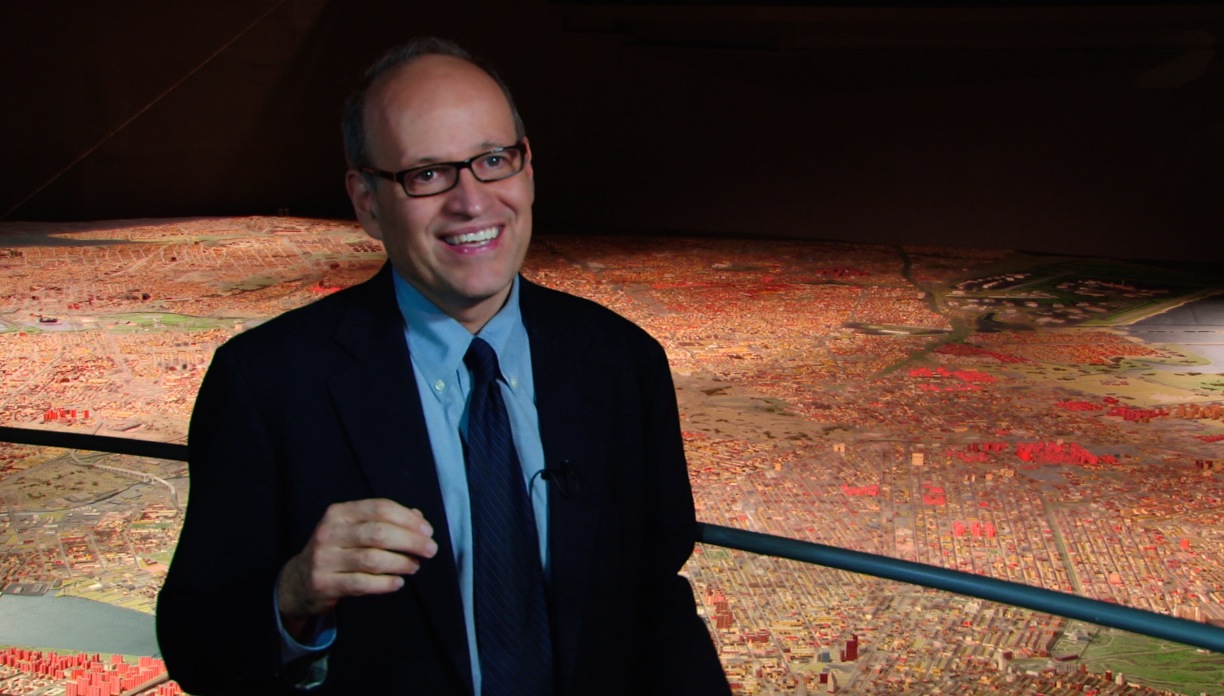The fair had the power to change lives
One of the things we want to highlight about the legacy of the fair is the profound impact it had on the lives of people after the fair ended. For some, the fair led to new, lasting friendships. For others, it guided career choices far off in the future. For Thomas Weakley, it led to a life-long interest in travel.
Weakley worked at the fair, starting in May of 1964. He worked at the Sinclair Dinoland exhibit. By the second season of the fair, his responsibilities included serving as a host/guide for V.I.P. visitors. He had a chance to see parts of the fair not seen in public: the secret lounges at each exhibit, and "backdoor" entrances, allowing V.I.P. guests to skip the lines that were such a big part of the fair.
The thing that stayed with Weakley though, was his exposure to a wide swath of cultures and art from around the world. While he's travelled to 30 countries, Weakley still ranks his experience at the fair, as one of the top five experiences in his life. For a kid from Indiana, the New York World's Fair served as a gateway to lands never imagined.
Here's a clip from our interview with him:
 Ryan Ritchey | Comments Off |
Ryan Ritchey | Comments Off |  interviews
interviews 


